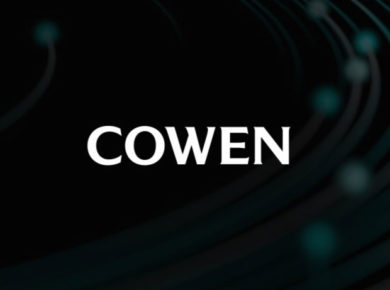As per a new paper from the International Monetary Fund (IMF), the advancement and increasing popularity of digital money and fiat-pegged cryptocurrencies could leave cash and deposits quite behind in the race.
A Fintech Note published on Monday, titled “The Rise of Digital Money” studies how tech firms are posing an increasing threat to major banks and credit card companies. The author’s write in the introduction:
“Digital forms of money are increasingly in the wallets of consumers as well as in the minds of policymakers. Cash and bank deposits are battling with so-called e-money, electronically stored monetary value denominated in, and pegged to, a currency like the euro or the dollar.”
The paper went on to warn that eventually, cash and bank deposits “will face tough competition and could even be surpassed” due to such new forms of value transfer.
Forms of e-money such as stablecoins have been gaining traction by the virtue that they “may be more convenient as a means of payment.” The author raises the question about the stability of their value :
“It is, after all, economically similar to a private investment fund guaranteeing redemptions at face value. If 10 euros go in, 10 euros must come out. The issuer must be in a position to honor this pledge,”
The author adds that banks should be able to stage a fightback by offering better services or similar electronic money products. However, the note adds that policymakers are warned that some disruption is likely within the banking industry. In saying so, banks will purportedly stay as firms offering such new payment methods may escalate into becoming banks themselves and use their data advantage to offer targeted credit.
The paper further elaborated over different types of a new payment mechanism, such as “i-money”: an “equivalent to e-money, except for a very important feature – it offers variable value redemptions into currency; it is thus an equity-like instrument.” In fact, it mentions Facebook’s Libra as an example of i-money.
” Libra coins could be exchanged into fiat currency at any time for their share of the going value of the underlying portfolio, without any price guarantees. … The transfer of Libra—essentially shares of Libra Reserves (though potentially without a legal claim) – would comprise a payment.”
As for central banks, they will have an “important role” in shaping the future of e-money as their ability to set rules would set the pace of cryptocurrency and its adaption. In addition, their regulations will shape the pressure exerted on commercial banks. The paper states:
“One solution is to offer selected new e-money providers access to central bank reserves, though under strict conditions. Doing so raises risks, but it also has various advantages. Not least, central banks in some countries could partner with e-money providers to effectively provide ‘central bank digital currency (CBDC),’ a digital version of cash.”
The paper also proposes a different public-private solution, dubbed the “synthetic CBDC” (sCBDC), wherein a central bank would offer settlement services to e-money providers. These services may keenly include access to central bank reserves. Though “all other functions would be the responsibility of private e-money providers under regulation.”
Notably, the sCBDC would be a less costly and less risky model and would allow the private sector to “innovate and interact with customers,” while the central bank brings “trust and efficiency” to the mix, as stated by the paper.











